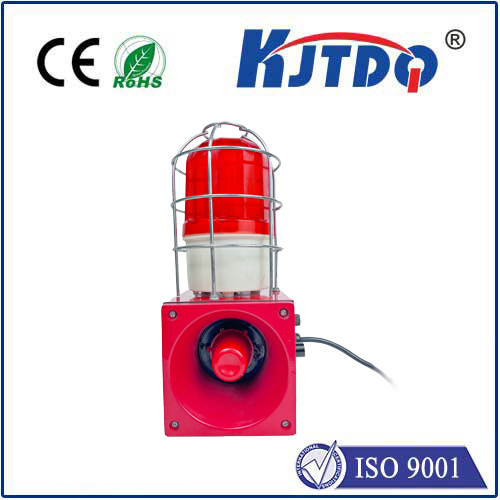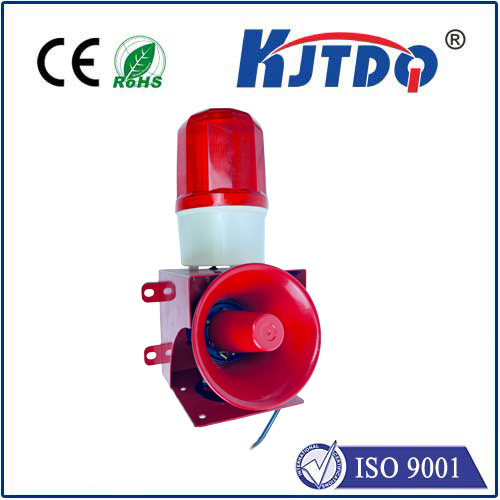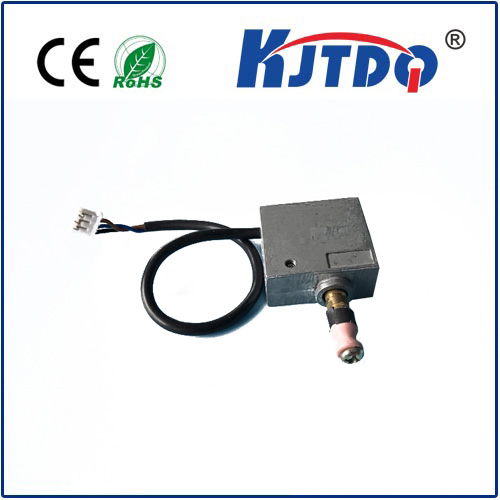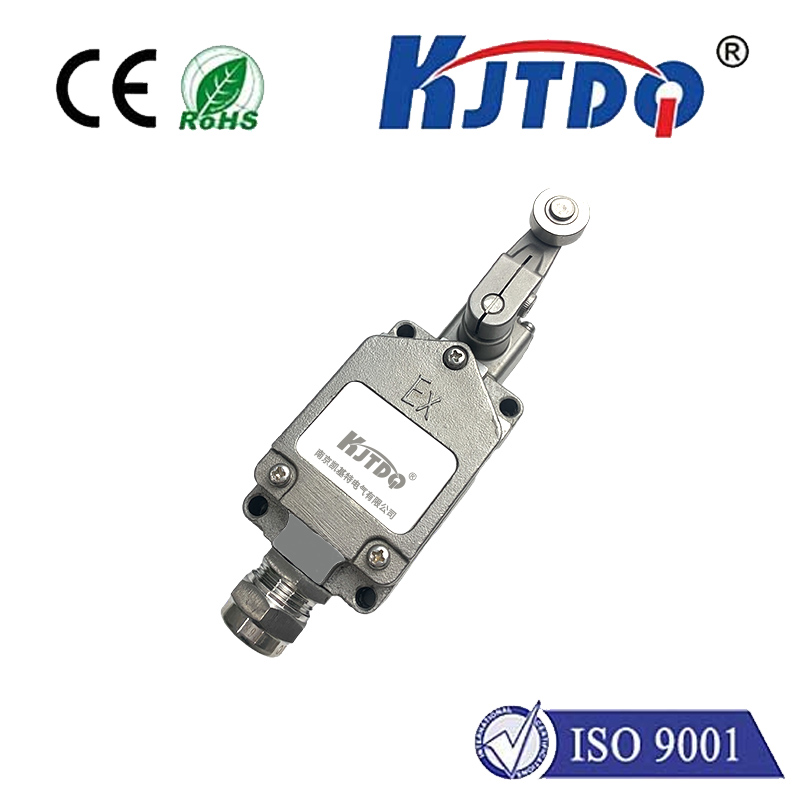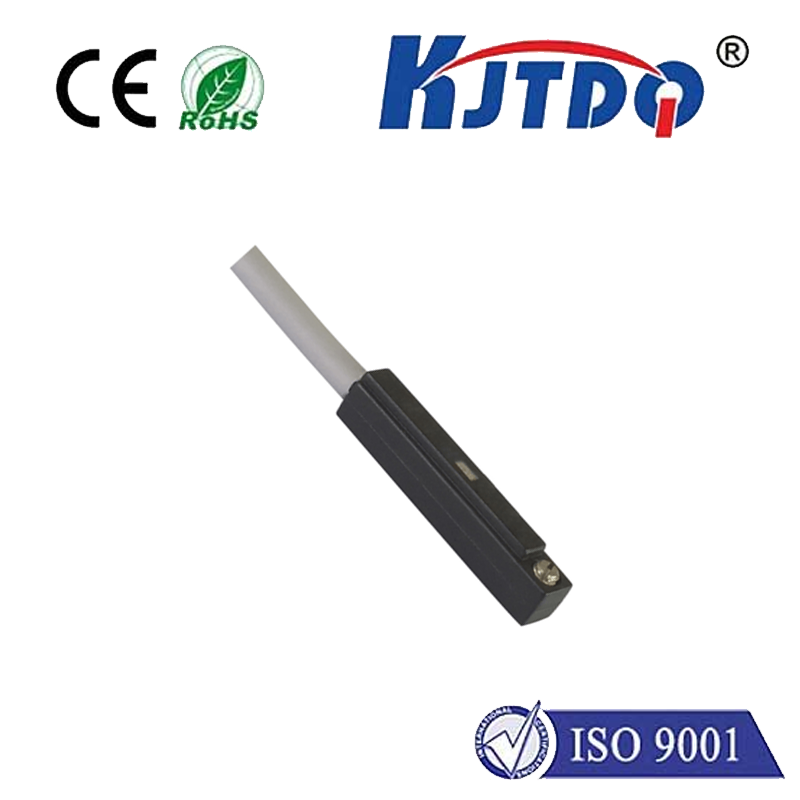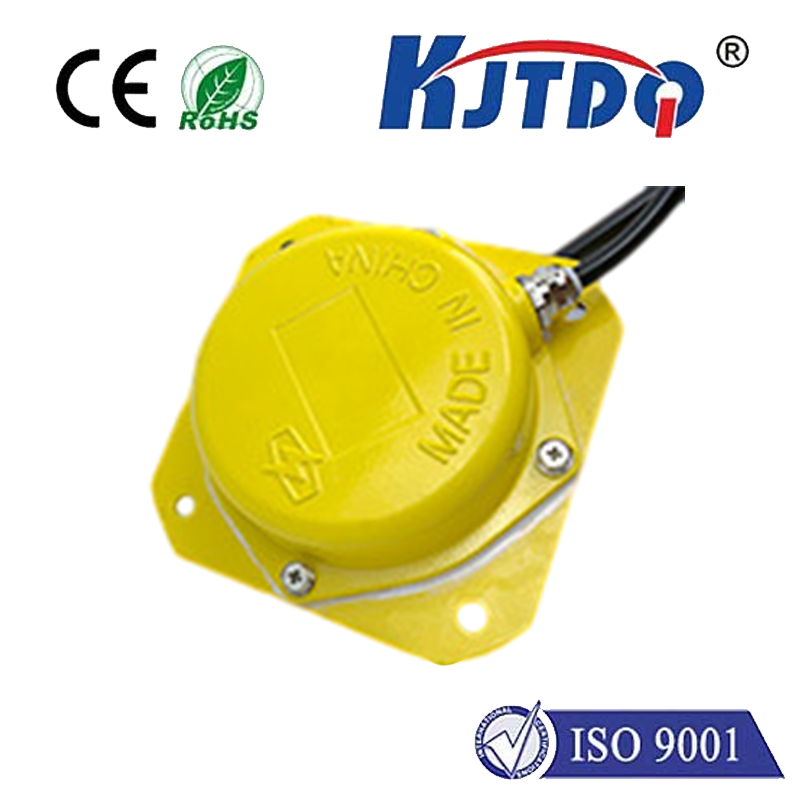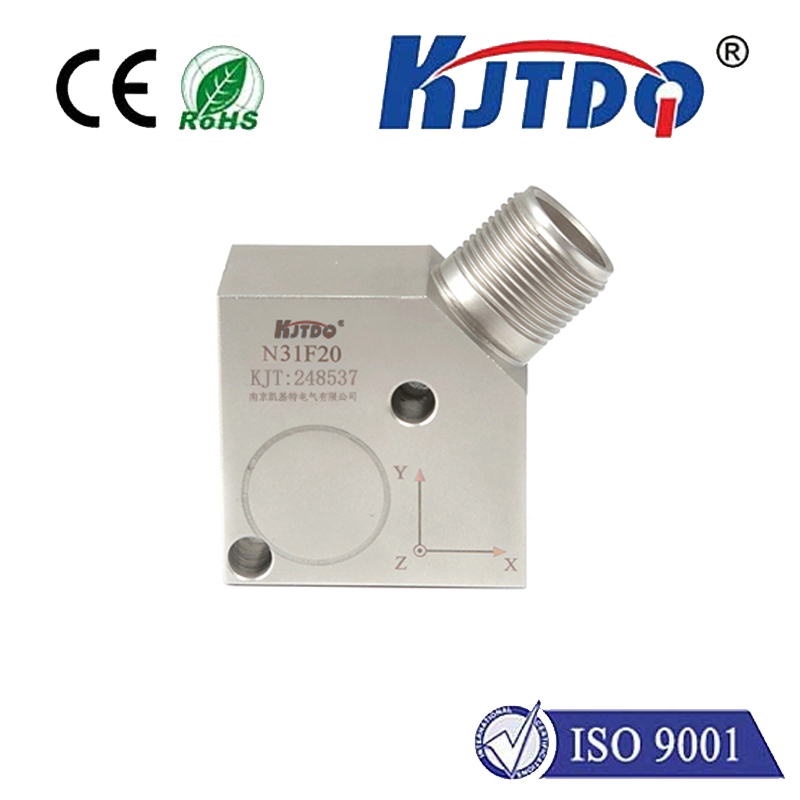
check

check

check

check
Title: Understanding Plunger Limit Switches in Hydraulic Systems
Introduction to Plunger Limit Switches
Plunger limit switches are critical components in hydraulic systems that help control the movement of a plunger. They are used to detect when the plunger has reached its maximum travel distance and trigger an automatic stop or change in the direction of the system. In this article, we will discuss the basic principles of plunger limit switches, their functions, and how they work in hydraulic systems.
Functions of Plunger Limit Switches
The primary function of a plunger limit switch is to provide accurate feedback to the system by detecting the position of the plunger. When the plunger moves beyond the set limit, the switch opens, sending a signal to the control system. This signal helps ensure that the system operates within predefined limits, preventing overloading or over-travel.
Plunger Limit Switch Types and Materials
There are two primary types of plunger limit switches: magnetic and electromechanical. Magnetic switches use a magnet to attract and release a plunger, while electromechanical switches use a coiled spring to act as a switch. The material used for plunger limit switches can vary, with some using stainless steel, brass, or plastic.
Working Principles of Plunger Limit Switches
The working principle of a plunger limit switch relies on the force exerted by the plunger on a spring or coil. As the plunger is pushed or pulled, it applies pressure to the switch, causing it to open or close. The speed at which the switch opens or closes depends on the force applied to it and the type of switch being used.
Applications of Plunger Limit Switches in Hydraulic Systems
Plunger limit switches are widely used in various hydraulic systems, including industrial machinery, construction equipment, and automotive applications. They help ensure the safe and efficient operation of these systems by providing precise control over the movement of the plunger. Some common applications include:
1. Position control: Plunger limit switches are used to control the position of pistons, valves, and other moving parts in hydraulic systems.
2. Overload protection: By detecting excessive travel of the plunger, plunger limit switches can prevent damage to the system caused by overloading.
3. Flow control: Plunger limit switches can be used to regulate flow rates in hydraulic systems, ensuring consistent performance across different applications.
4. Emergency stop: In case of an emergency or shutdown, plunger limit switches can be programmed to automatically stop the system to prevent damage or potential hazards.
Conclusion
Plunger limit switches play a crucial role in ensuring the safe and efficient operation of hydraulic systems. By providing precise control over the movement of the plunger, these switches help prevent damage, over-travel, and other potential hazards. Understanding how plunger limit switches work and their applications is essential for maintaining optimal performance in hydraulic systems and ensuring worker safety.
